ANIMALS
25 Animals That Survive Better In The Colder Weather
Published
3 months agoon
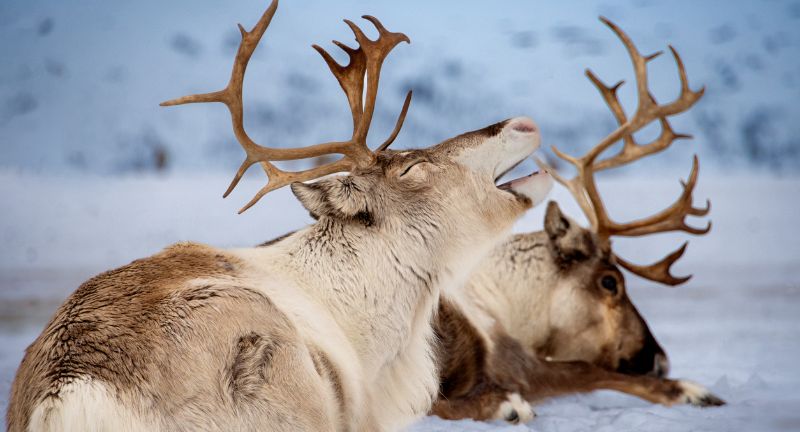
iStock
Cold weather can be harsh and unforgiving, but some animals are uniquely equipped to thrive in icy environments. From thick fur and layers of blubber to clever survival strategies, these creatures have evolved to withstand freezing temperatures and snow-covered landscapes. Whether they roam the tundra, dive into icy waters, or soar through wintry skies, these animals demonstrate incredible resilience. Their adaptations not only help them survive but also make them some of the most fascinating creatures in the animal kingdom. Let’s explore 25 animals that truly embrace the chill of cold weather.
Polar Bear

Shutterstock
The polar bear is the ultimate cold-weather animal, perfectly adapted to life in the Arctic. Its thick fur and insulating fat layer protect it from freezing temperatures, while its large paws help it walk on ice and swim in frigid waters. Polar bears primarily hunt seals, relying on sea ice to access their prey. Despite their resilience, they face challenges from climate change as their icy habitat diminishes.
Arctic Fox

Shutterstock
The Arctic fox is a small but hardy animal that thrives in the tundra’s extreme conditions. Its thick, multi-layered fur changes color with the seasons, providing both warmth and camouflage. During the winter, it feeds on lemmings, birds, and carrion, scavenging to survive. The Arctic fox’s bushy tail acts as a blanket, keeping it warm during harsh weather.
Snowy Owl

Shutterstock
Snowy owls are striking birds that thrive in the Arctic tundra. Their white plumage provides excellent camouflage in snowy landscapes and insulation against the cold. These powerful predators hunt small mammals, such as lemmings, and are capable of flying long distances in search of food. Their resilience makes them one of the most iconic cold-weather birds.
Penguin
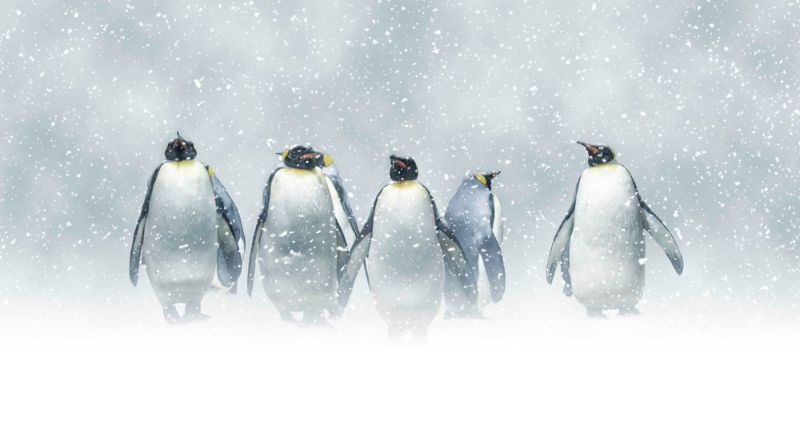
Shutterstock
Penguins are synonymous with icy climates, particularly species like the Emperor and Adélie penguins. Their thick layer of blubber and waterproof feathers keep them warm in the frigid Antarctic waters. Penguins are social animals, often huddling together for warmth during extreme cold. They rely on the ocean for food, primarily feeding on fish, krill, and squid.
Reindeer

Shutterstock
Reindeer, or caribou in North America, are well-equipped to endure Arctic and sub-Arctic winters. Their thick fur and specialized hooves help them navigate snow and ice while searching for food. Reindeer feed on lichen, moss, and other vegetation that they dig out from under the snow. Their ability to survive in harsh climates has made them essential to indigenous Arctic cultures.
Arctic Hare

iStock
The Arctic hare is built to survive frigid tundra conditions with its thick white fur that provides warmth and camouflage. It has shorter ears and limbs compared to other hares, minimizing heat loss. The hare feeds on woody plants, mosses, and lichens during the long winter months. Its ability to move quickly across snow helps it evade predators like Arctic foxes and snowy owls.
Walrus

Shutterstock
Walruses are large marine mammals known for their impressive tusks and ability to thrive in icy waters. Their thick layer of blubber provides insulation, while their tusks help them haul out onto sea ice and defend themselves from predators. Walruses primarily feed on clams and other shellfish found on the ocean floor. They are social animals, often forming large groups to rest and keep warm.
Beluga Whale

Shutterstock
Beluga whales are nicknamed “sea canaries” for their vocal communication and are well-suited to Arctic waters. Their thick blubber and absence of a dorsal fin make it easier to navigate under ice. Belugas feed on fish, crustaceans, and worms, adapting their diet to the season. These social animals often travel in pods, cooperating to survive in the cold.
Wolverine

iStock
The wolverine is a tough, solitary animal known for its resilience in cold, snowy environments. Its thick fur and large paws make it adept at traversing deep snow. Wolverines are opportunistic feeders, scavenging carrion or hunting small animals. Their strength and endurance help them survive in some of the harshest climates on Earth.
Seals

iStock
Seals, such as harp seals and Weddell seals, are well-adapted to icy habitats with their thick blubber and waterproof fur. They spend much of their time in cold waters, feeding on fish and squid. Seals use breathing holes in the ice to surface for air, showing remarkable adaptability to their environment. Their pups are born with fluffy white fur that helps keep them warm in freezing conditions.
Snow Leopard
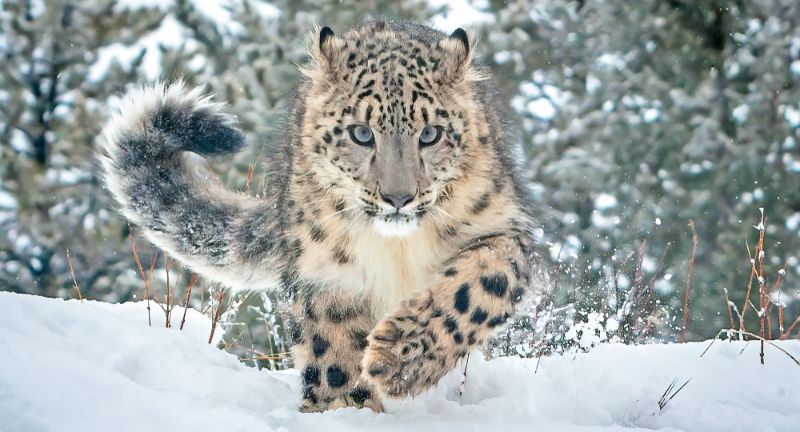 Shutterstock[/caption]
Shutterstock[/caption]Shutterstock
Snow leopards are majestic predators native to the cold, rugged mountain ranges of Central Asia. Their thick, spotted coats provide insulation and camouflage against snowy terrain. Snow leopards are agile climbers, often hunting ibex, blue sheep, and other prey in rocky environments. Their long, bushy tails help them balance and also act as blankets in freezing temperatures.
Musk Ox

Shutterstock
Musk oxen are iconic Arctic animals known for their shaggy coats and ability to endure freezing temperatures. Their long outer hair and soft undercoat, called qiviut, keep them insulated in extreme cold. Musk oxen graze on grasses, mosses, and lichens, even digging through snow to find food. They form protective circles against predators, showcasing their strong social bonds.
Ermine

iStock
Ermines, also known as stoats, are small carnivorous mammals that thrive in cold climates. During winter, their fur turns pure white for camouflage in snowy environments. Ermines are skilled hunters, preying on rodents and small birds. Their ability to adapt their coat and behavior to the seasons makes them excellent survivors in the cold.
Yak

Shutterstock
Yaks are robust animals found in the cold mountainous regions of the Himalayas and Central Asia. Their dense, woolly coats protect them from freezing temperatures, while their large lungs help them adapt to high altitudes. Yaks graze on grasses and shrubs, often surviving on sparse vegetation during harsh winters. Domesticated yaks also serve as essential pack animals and provide milk, meat, and wool to local communities.
Red Fox
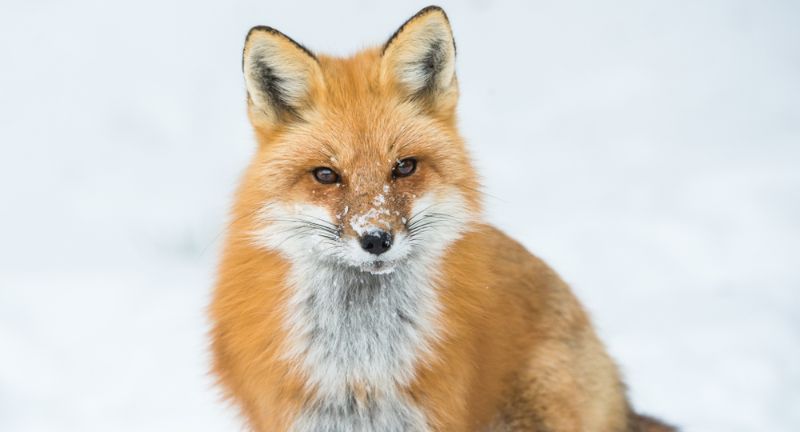
Shutterstock
Red foxes are highly adaptable animals that can thrive in cold weather conditions. Their thick winter coats provide insulation, while their bushy tails help retain body heat. Red foxes are skilled hunters, feeding on small mammals, birds, and even scavenging when necessary. Their ability to adapt to different environments, including snow-covered landscapes, makes them one of nature’s most resilient predators.
Emperor Penguin

iStock
The Emperor penguin is uniquely suited for life in the harsh Antarctic. These flightless birds rely on thick layers of blubber and tightly packed feathers to stay warm in temperatures that can plunge below -60°F. During the frigid winter, males endure months of fasting while incubating eggs on their feet, covered by a flap of skin. Their extraordinary endurance and teamwork make them a symbol of resilience in the cold.
Harlequin Duck
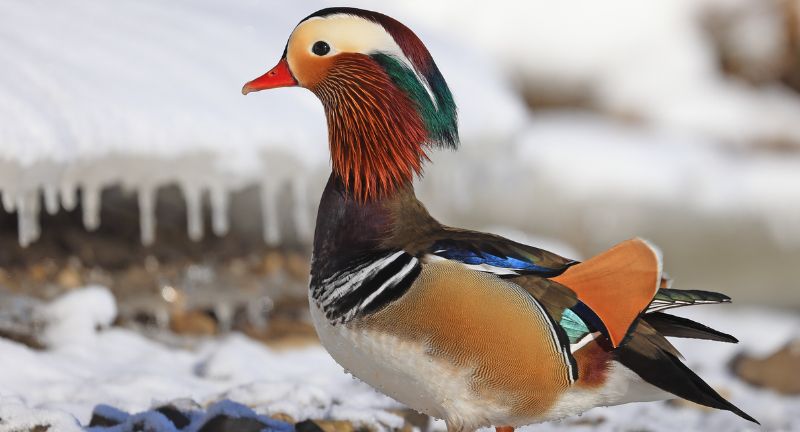
iStock
Harlequin ducks are colorful waterfowl found in cold, fast-moving rivers and coastal waters. Their dense feathers provide insulation, while their compact bodies help them retain heat. These ducks feed on aquatic invertebrates and fish, diving in freezing waters with remarkable agility. Their striking appearance and ability to thrive in frigid environments make them a unique sight in cold climates.
Ptarmigan

Shutterstock
The ptarmigan is a hardy bird that thrives in Arctic and alpine environments. During winter, its feathers turn completely white, providing both warmth and camouflage in snowy landscapes. It feeds on buds, seeds, and twigs, adapting its diet to the sparse vegetation available in cold weather. The ptarmigan’s ability to blend into its surroundings helps it evade predators and survive in extreme conditions.
Narwhal
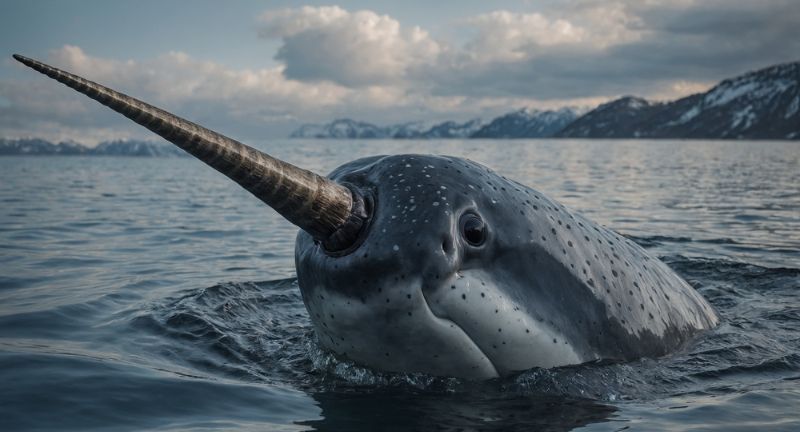
Shutterstock
Narwhals, often called the “unicorns of the sea,” are Arctic whales known for their long, spiral tusks. They thrive in icy waters, using their blubber for insulation and navigating under thick ice. Narwhals feed on fish, squid, and shrimp, diving to great depths in search of prey. Their unique appearance and adaptability make them one of the most fascinating Arctic marine animals.
Caribou

iStock
Caribou, also known as reindeer, are built for survival in the snowy tundra. Their wide, fur-covered hooves act like snowshoes, helping them walk on soft snow and ice. They migrate long distances to find food, often digging through snow to access lichen and other vegetation. Caribou are a critical part of Arctic ecosystems and play an important role in the culture of indigenous peoples.
Hooded Seal

iStock
Hooded seals are named for the inflatable nasal sac found in males, which they use during mating displays. These seals live in the icy waters of the North Atlantic and Arctic, relying on their thick blubber to stay warm. They are skilled divers, hunting fish and squid in the depths of the ocean. Hooded seals face threats from habitat loss and climate change, making their survival in cold environments even more remarkable.
Snow Goose

iStock
Snow geese are migratory birds that nest in the Arctic tundra during the summer and migrate to warmer areas for the winter. Their white feathers with black wingtips provide excellent camouflage in snowy landscapes. These geese feed on grasses, grains, and aquatic vegetation, often forming large flocks. Their adaptability and resilience make them a symbol of survival in harsh climates.
Conclusion

Shutterstock
These remarkable animals remind us of the incredible ways nature adapts to even the harshest conditions. Their unique abilities and resilience allow them to thrive in cold weather, where few others could survive. As temperatures drop and snow blankets their habitats, these creatures continue to inspire awe with their tenacity and strength. Learning about them gives us a greater appreciation for the diverse and resilient life forms on our planet. Let’s continue to protect these amazing animals and the ecosystems they call home.
More Amazing Animals+
-
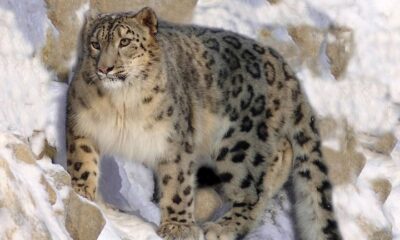

30 Toughest Animals That Will Do Anything To Survive
-
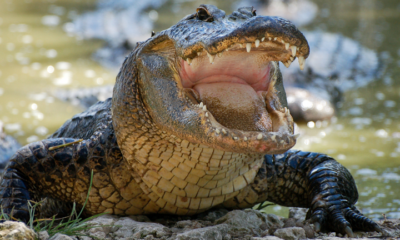

21 Deadliest Animals In North America
-


30 Creatures With Astonishingly Loud Calls
-


Owner of World’s Oldest Dog Reveals Secrets of Pets Long…
-


Alligator arrest outside of a school in Charleston, SC
-


Love is in the air: Chihuahuas Peanut and Cashew get…
-


30 Most Adorable Animals In The World (According To Us)
-


Employee wrangles snake out of Disney World’s Magic Kingdom
-


Danish Royal Life Guards escort duck family to Copenhagen harbor
-


Vitakraft’s Squeezable, Hand-Fed Snacks Named Best Cat Treat of 2022
-


20 ‘Pointless’ Animals That Actually Have Important Day Jobs
-


17 Scariest Animals Still Roaming The Planet Today
